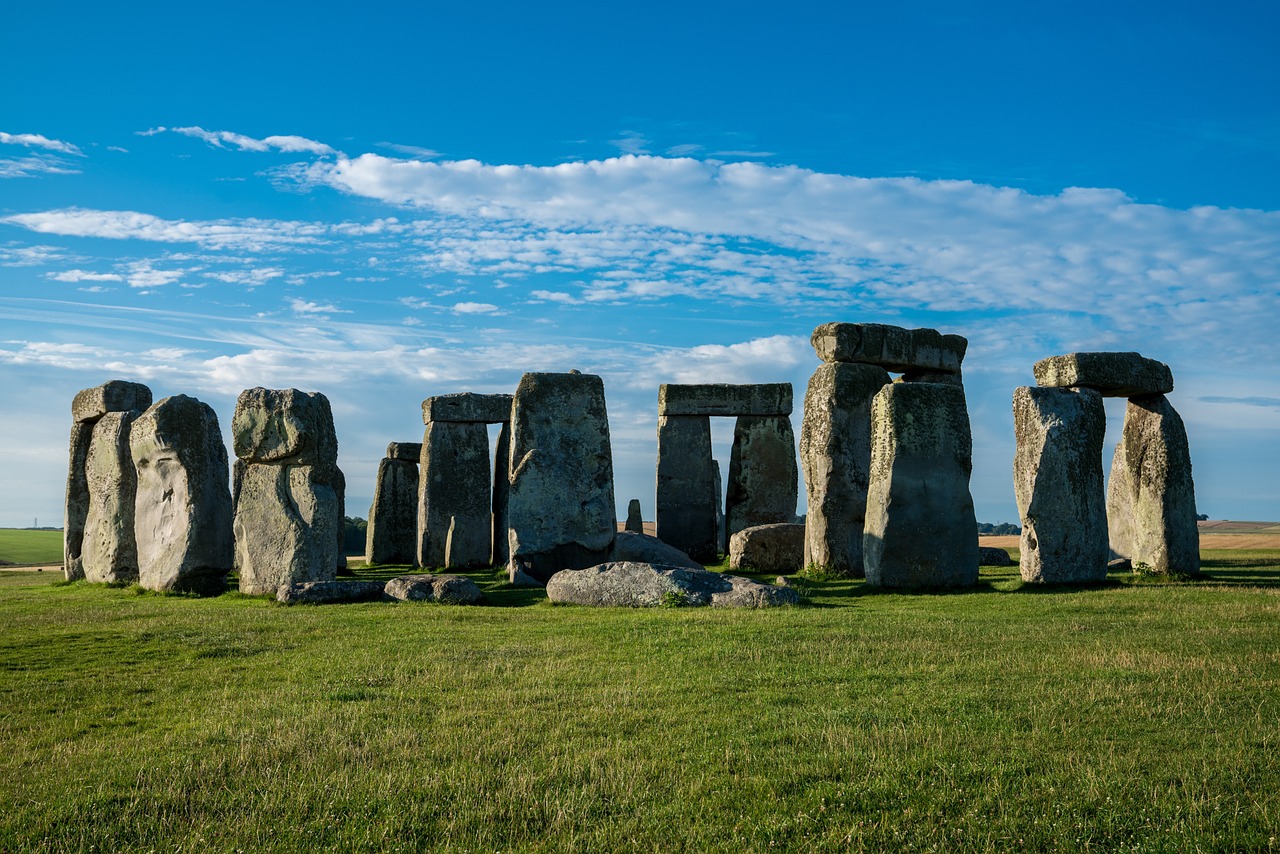According to new children book, Stonehenge was built by black Britons

According to a new children’s history book titled “Brilliant Black British History” by Atinuke, a Nigerian-born British author, Stonehenge was constructed by black Britons. The book highlights that every British person is a migrant, and the first Britons were black. The recently published book, promoted by Arts Council-funded literacy charity The Book Trust and published by Bloomsbury, asserts that Britain was a black country for over 7,000 years before white people arrived, and during that time, the most famous British monument, Stonehenge, was built.
 The introduction of the book states that Britain has been a predominantly white country for a shorter period than it has been a predominantly black country. Atinuke’s book, aimed at readers aged seven and above, provides a chronological overview of black people’s presence in Britain, including the discovery of Cheddar Man, whose remains had skin “as dark as dark can be.”
The introduction of the book states that Britain has been a predominantly white country for a shorter period than it has been a predominantly black country. Atinuke’s book, aimed at readers aged seven and above, provides a chronological overview of black people’s presence in Britain, including the discovery of Cheddar Man, whose remains had skin “as dark as dark can be.”
The assertions made in the book have raised concerns among certain historians that children may be exposed to “misinformation”. The leaders of the 2018 research on Cheddar Man’s DNA have stated that it is impossible to definitively determine the appearance of this early inhabitant, and other researchers have identified issues with predicting skin tone from the genetic model employed. Recent genetic analysis has revealed that the inhabitants of Britain during the construction of Stonehenge, circa 2500 BC, were pale-skinned early farmers whose forebears had migrated from Anatolia.
One page of Atinuke’s book features an image of a black Roman legionary battling a white Celt, and asserts that Rome “turned back to Europe and pushed north” to conquer Britain after failing to conquer the African kingdom of Nubia. The book also cites the Roman historian Tacitus, who reported that the Silures people of Wales were “dark-skinned and curly-haired”. However, Tacitus himself speculated that they may have originated from Spain. The book further notes that by the Middle Ages, Britain was a “melting pot” of various groups, including original British migrants, Celts, Romans, Britons, Anglo-Saxons, Vikings, Africans, and Normans, who spoke a diverse range of languages, including English.
 During the Tudor and Stewart periods, a new population of black Muslims brought with them “fresh knowledge” in the fields of textiles, medicine, mathematics, and navigation. According to the book, following the conclusion of the Second World War, the British government sought assistance and thus invited individuals from its colonies to immigrate to the country. Among these individuals were the Windrush generation and others hailing from nations that had been left impoverished due to the effects of slavery and colonization.
During the Tudor and Stewart periods, a new population of black Muslims brought with them “fresh knowledge” in the fields of textiles, medicine, mathematics, and navigation. According to the book, following the conclusion of the Second World War, the British government sought assistance and thus invited individuals from its colonies to immigrate to the country. Among these individuals were the Windrush generation and others hailing from nations that had been left impoverished due to the effects of slavery and colonization.
The book also features a section on the Black Lives Matter movement, which acknowledges that while race is not a scientifically recognized concept, black individuals continue to experience institutional racism. The contents of Atinuke’s book have raised concerns among historians, with Dr. Zareer Masani suggesting that it reflects the trend of “wokedom” that has permeated educational institutions. He further asserts that it represents an attempt to indoctrinate children with falsehoods, confusion, and misinformation.
David Abulafia, a historian and emeritus professor at Cambridge, notes that the notion of using skin color as a criterion for evaluating cultural achievements is not a new concept, as the Nazis had previously claimed that the accomplishments of the north were the result of fair-skinned individuals. However, he dismisses this idea as baseless and irrelevant, stating that the only way it would be noteworthy is if the individuals in question had blue or green skin.









